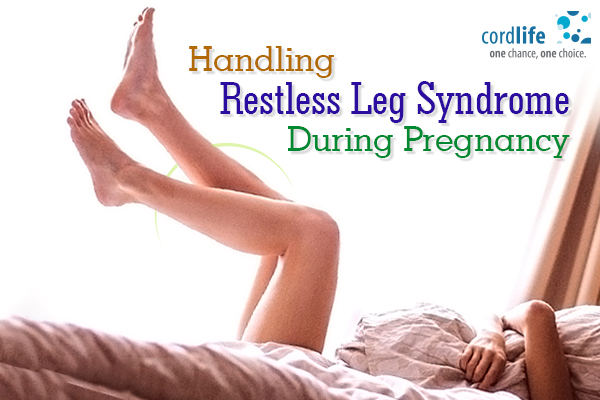Table of Contents
Restless legs syndrome is a neurological disorder, which affects the sensorimotor of the body. The physiological process of the disorder is still unclear, but the prevalence of the disorder is high amongst the patients depending on their primary and secondary etiological conditions.
Genetic issue is the primary reason for the patients developing this disorder, while the idiopathic or secondary restless leg syndrome becomes prevalent with the kidney disease or peripheral nerve issues. However, the most common condition and prevalence of RLS is highly associated with the patients in their pregnancy. And RLS during pregnancy is experienced by two to three times more individuals worldwide than the normal population, and most likely influenced by which trimester the pregnancy is in along with the number of parity.
What is Restless Leg Syndrome or RLS?
A frequent urge to move the legs because of the unpleasing sensations in the sensorimotor of the leg nerves, is called Restless Leg Syndrome or Willis-Ekbom disease (WED). The disorder becomes more acute due to an impact on the neurological parts of the body.
The pain of the disorder starts showing its influence while at rest, and the symptoms subside with the constant movement of the legs. However, the symptoms become worse in the evening, and interfere with sleep.
As per the study published in the Journal of Midwifery and Women’s Health, 26 percent of the pregnant women are developing RLS. When it occurs to the pregnant women, it feels like burning, creepy, crawly and pulling sensation in the legs, which advocate for the constant movements of the affected legs. The relief comes with it, but, by then your sleep is gone.
Reasons for The Occurrence of Restless Leg Syndrome during Pregnancy
The exact reason behind the etiology of RLS in women during their pregnancy is still obscure. The scientists fail to offer an exact explanation for the sensations caused in the legs at night. However, the hormonal imbalance of dopamine in the brain may trigger the symptoms of RLS in pregnancy. This is the chemical responsible, which intensifies bones and muscles, and keeps muscle movements in checks. Other than this, an excessive excretion of estrogen during pregnancy results in RLS, coupled by deficiency in iron and folic acid.
So, while the condition is so irritating, you try to ease it. But it leaves you making sleepy and irritable during the day.
How to Find Relief From Restless Leg Syndrome During Pregnancy
If you think your conditions or symptoms are quite severe, you need an immediate clinical intervention. Your doctor may help you out of the problem. Your doctor may suggest you some medications. Or before you take any medications; your physician may advice you to take iron supplements, if you lack iron. An iron supplement is enough to cure your RLS.
If your condition is still severe, it may lead you to go for a C-section as the labour increases with the symptoms.
When the Condition is Not That Worrying; Some Easy Changes to Your Lifestyle Routine May Help
- Making adjustments with your sleeping position may help. Avoid sleeping on your front or your back. Sleep on your left side. This sleeping pattern improves your blood circulation, and gives you an additional support.
- Develop a good sleeping routine. Go to sleep at the same time at night.
- Improving some of your drinking habits eases the symptoms. Do not take aerated drinks, coffee and soda.
- Exercise daily. Don’t stretch it too much before your bedtime.
- Give your legs a good massage. You can also get a cold and warm compress for your leg muscles.
These comfort your symptoms at night. Try this. However, the symptoms of RLS disappear once you give birth. So, this is good news for you.
